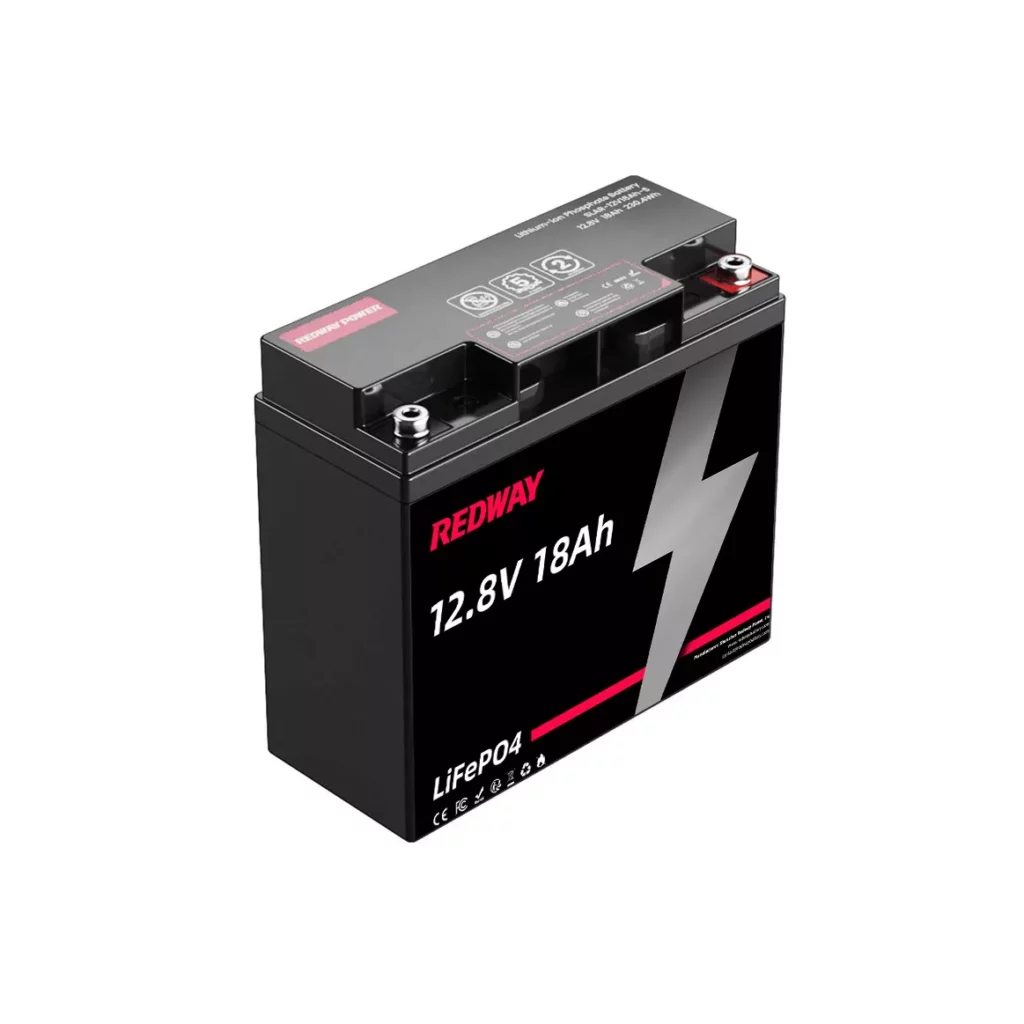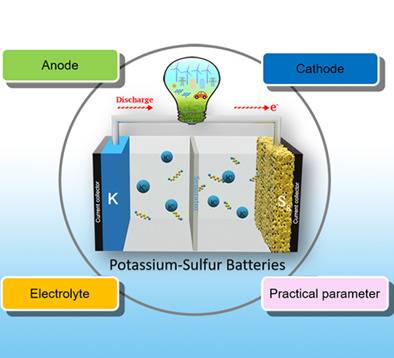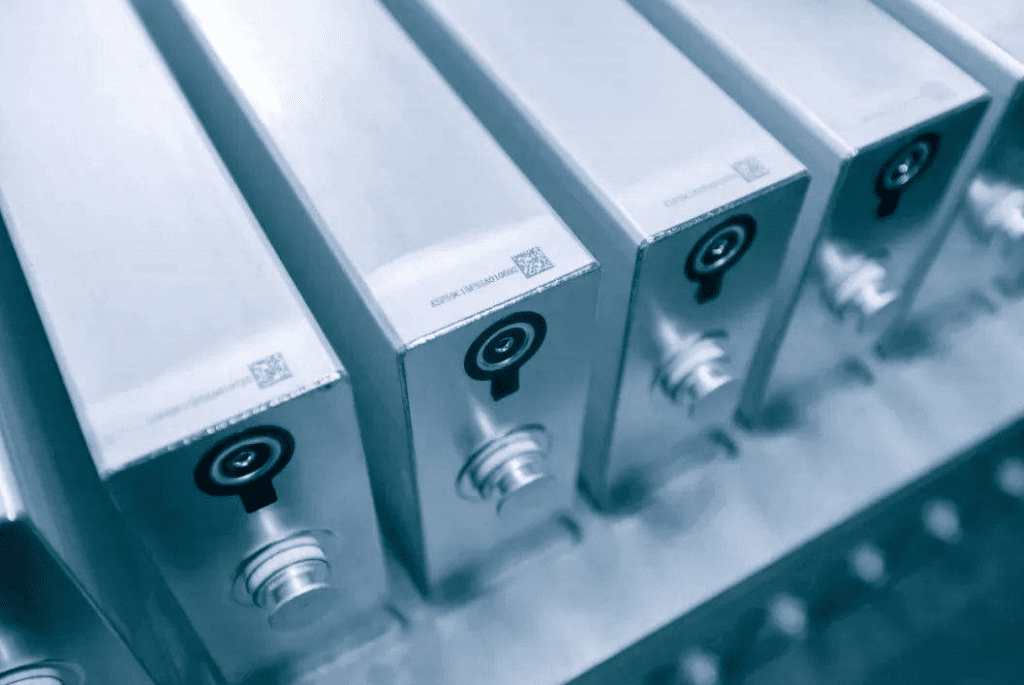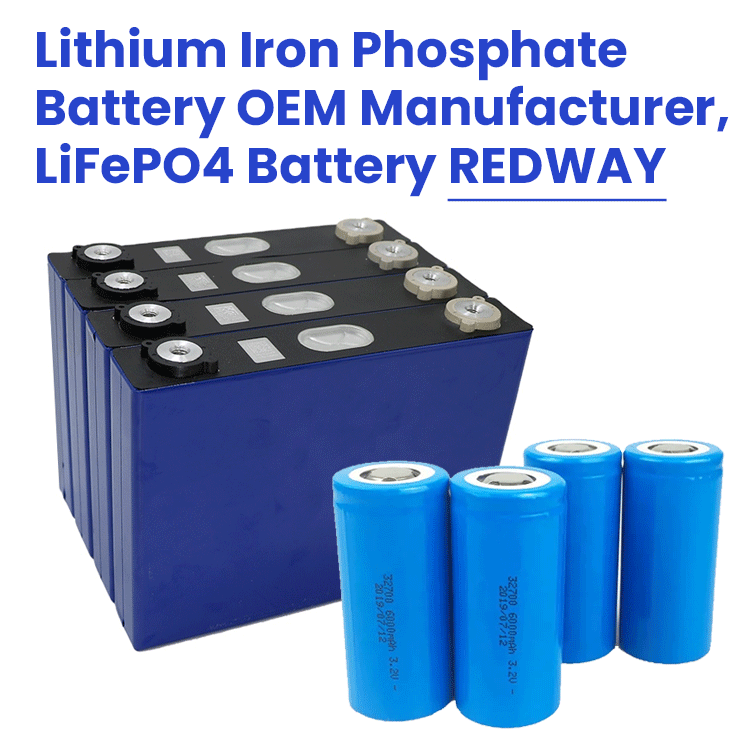Solid-state batteries represent a significant advancement over traditional liquid lithium batteries, offering enhanced safety, higher energy density, and faster charging capabilities. While both types serve similar functions in powering devices, their underlying technologies lead to distinct advantages and challenges. This article explores these differences comprehensively.
How Do Solid-State Batteries Work?
Solid-state batteries utilize solid electrolytes instead of liquid ones, allowing lithium ions to move between the anode and cathode through a solid medium. This construction enhances safety by eliminating flammable liquids, thereby reducing risks associated with leakage and thermal runaway.Chart: Basic Structure of Solid-State vs. Liquid Lithium Batteries
| Component | Solid-State Battery | Liquid Lithium Battery |
|---|---|---|
| Electrolyte | Solid (ceramic or polymer) | Liquid (electrolyte solution) |
| Anode | Typically lithium metal | Graphite or carbon-based |
| Cathode | Various materials | Metal oxides |
What Are the Key Differences Between Solid-State and Liquid Lithium Batteries?
The primary differences lie in their construction, safety features, energy density, and charging characteristics. While solid-state batteries promise higher energy densities and faster charging times, liquid lithium batteries are currently more established in consumer markets.Chart: Comparison Overview
| Feature | Solid-State Batteries | Liquid Lithium Batteries |
|---|---|---|
| Energy Density | Higher | Lower |
| Safety | Enhanced | Moderate |
| Charging Speed | Faster | Slower |
| Manufacturing Cost | Higher | Lower |
Why Are Solid-State Batteries Considered Safer?
Solid-state batteries are deemed safer due to their non-flammable solid electrolytes. This construction minimizes risks such as leakage, swelling, or thermal runaway that can occur in liquid lithium batteries. The absence of liquid components also allows for better thermal stability.
How Do Energy Densities Compare Between These Two Types of Batteries?
Solid-state batteries typically exhibit higher energy density than liquid lithium batteries. This means they can store more energy per unit volume or weight, which translates into longer-lasting power for electric vehicles (EVs) and portable electronics.
What Are the Charging Speed Differences?
Solid-state batteries can charge significantly faster than their liquid counterparts. While traditional lithium batteries may take hours to fully charge, solid-state options can achieve up to 80% charge in as little as 15 minutes, making them more convenient for users.
Why Is the Manufacturing Process Different for Each Type?
The manufacturing process for solid-state batteries is currently more complex and costly due to the materials used (like ceramics) and the precision required in their assembly. In contrast, liquid lithium batteries benefit from established production techniques that have been optimized over decades.
What Are the Pros and Cons of Solid-State Batteries?
Pros:
- Higher Energy Density: Allows for longer battery life.
- Enhanced Safety: Reduced risk of fire or explosion.
- Faster Charging: Can recharge much quicker than traditional batteries.
- Longer Lifecycle: Typically withstand more charge-discharge cycles.
Cons:
- Higher Cost: Currently more expensive to produce.
- Manufacturing Challenges: Complexity in production limits scalability.
- Material Limitations: Some materials used may be scarce or costly.
How Do Lifecycle and Environmental Impact Differ Between These Batteries?
Solid-state batteries generally have a longer lifecycle compared to liquid lithium batteries, meaning they can endure more charge cycles before degradation occurs. Environmentally, they may also have a lower carbon footprint due to fewer toxic materials used in their production.
Latest News on Solid-State Battery Technology
Recent advancements indicate that major automotive companies are investing heavily in solid-state technology. Companies like Toyota aim to begin mass production by 2025, highlighting potential breakthroughs that could revolutionize electric vehicle performance through enhanced range and safety features.
Editor Comment
“Solid-state battery technology holds immense promise for the future of energy storage. As we transition towards a more sustainable energy landscape, these innovations could redefine our approach to electric mobility and portable electronics.”










